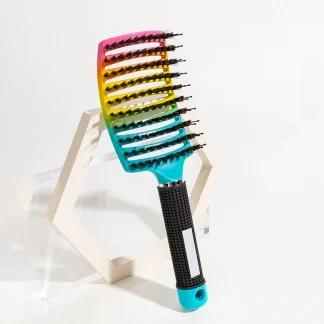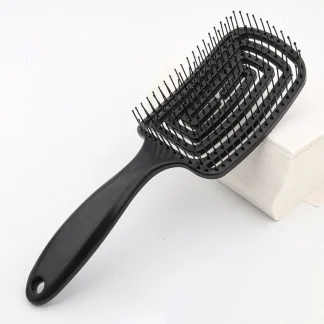Shaping Hair Implements: The Essential Tool for Perfectly Coiffed Tresses
In the realm of coiffure creation, few tools are as versatile and indispensable as the styling hair brush. From creating smooth, sleek finishes to adding volume and texture, the shaping implement plays a central role in both everyday grooming and professional hairdressing. Whether you’re aiming for a polished look for a formal event or simply trying to add some flair to your everyday hairstyle, the finishing tool can help achieve it all. But how did this seemingly simple instrument evolve into an essential component of modern mane arrangement? Let’s explore the history, cultural impact, and stylistic significance of the grooming aid for creating looks.
The Origins of the Coiffing Implement
The concept of grooming and arranging tresses dates back to ancient civilizations, but it was not until the late 19th century that the hair shaping tool as we know it began to take form. Early combs and implements were rudimentary instruments made from bone, wood, or animal fibers, and were used primarily for upkeep rather than coiffing. In ancient Egypt, for instance, tress combs were crafted from ivory or wood, and were often considered luxury items. These early tools were primarily designed to keep locks neat, rather than to create specific styles or textures.
As mane care and arrangement became more sophisticated in the late 19th and early 20th centuries, so did the instruments used to shape coiffures. With the rise of professional hairstyling in the 1920s and 1930s, there was an increased demand for specialized brushes designed to create specific looks. This period saw the introduction of different grooming aid shapes and sizes, each catering to the needs of different tress textures and preferences. The styling hair brush emerged as a critical tool for creating voluminous, defined hairstyles that were popular during this era, such as the classic finger wave or the structured updo.
The Mane Arrangement Tool in the Modern Age
Today, the shaping hair implement is a must-have tool for anyone serious about coiffure creation. Professional stylists and at-home users alike rely on a variety of finishing brushes to achieve everything from smooth, straight locks to voluminous curls or waves. Modern technology has played a significant role in the evolution of styling tools, with innovations in materials, bristle types, and ergonomic designs. Many grooming aids for creating looks are now equipped with advanced features such as anti-static properties, heat-resistant handles, and lightweight designs for added comfort and ease of use.
Whether you’re using a round implement to add body and volume to your tresses, a paddle styler for sleek, straight manes, or a vented brush to speed up blow-drying, this type of grooming aid has become a staple in personal care kits. It is designed not just for basic brushing, but for arrangement purposes, offering precision and control over the finished look. Today, these items are available in an array of shapes, sizes, and materials, with each designed to cater to a different hair type, texture, or coiffing technique.
Key Features of a Styling Hair Brush
The coiffing implement is designed to be both functional and versatile, making it an essential instrument for a wide range of hairdressing techniques. Some key features to consider when choosing this grooming tool include:
- Shape and Size: Shaping tools come in various forms and dimensions, each catering to specific arrangement needs. Round brushes are popular for creating volume, curls, and waves, while paddle stylers are ideal for achieving smooth, straight styles. Vented implements, on the other hand, help with faster drying time by allowing air to circulate through the tresses.
- Bristles: The bristles of a finishing brush can be made from a variety of materials, including nylon, boar hair, and mixed fibers. Boar bristles are known for their ability to distribute natural oils from the scalp to the locks, helping to create a shiny, healthy-looking finish. Nylon bristles, meanwhile, are excellent for detangling and managing thick or unruly manes.
- Handle Design: The handle of a grooming aid for creating looks is important for providing comfort and control during use. Ergonomic handles with non-slip grips are common in professional-grade instruments, ensuring that users can arrange their coiffure with ease and precision.
- Heat Resistance: Many styling implements are designed to withstand high temperatures, making them suitable for use with blow dryers or hot tools. Heat-resistant brushes are an essential part of any blow-dry routine, helping to protect the strands from heat damage while achieving the desired style.
Shaping Implements for Different Hair Types
The styling hair brush has evolved to cater to a wide variety of tress types, from fine and straight to thick and curly. Understanding which implement works best for your particular mane is key to achieving the best results:
- Straight Hair: For those with straight locks, a flat paddle styler or a round brush can be used to create sleek, smooth styles. Paddle implements are especially effective for detangling and straightening, while round tools can add subtle volume and body to otherwise limp coiffures.
- Curly Hair: Curly tresses can benefit from brushes with wide-spaced, flexible bristles that can glide through curls without causing frizz or disrupting the curl pattern. A round grooming aid with a larger diameter is also a great instrument for defining curls and adding volume.
- Wavy Hair: For wavy manes, a round styler is ideal for adding definition and smoothness, while a paddle brush can help tame unruly waves and create a sleek finish.
- Thick or Coarse Hair: Thick and coarse locks require an implement with strong, sturdy bristles that can effectively detangle and smooth the strands. Brushes with nylon or mixed bristles are excellent for this hair type, as they can handle the thickness and texture of the coiffure.
The Coiffing Tool in Pop Culture
Over the years, the styling hair brush has earned its place as a symbol of beauty and grooming in pop culture. It appears in countless beauty tutorials, magazine covers, and fashion shows, where stylists and influencers use it to create iconic looks. In the realm of celebrities and high-fashion, a stylist’s skill is often judged by their ability to create perfectly arranged manes, and the shaping hair implement is their primary instrument of choice.
This type of grooming aid has also become an essential accessory for those who follow the latest tress trends. On social media platforms like Instagram and YouTube, influencers often showcase their coiffing techniques, emphasizing the role of the brush in achieving their desired looks. Whether it’s a voluminous blowout or beachy waves, the finishing tool is a must-have for anyone looking to perfect their hair game.
Conclusion: The Timeless Beauty of the Styling Hair Brush
The shaping hair implement has come a long way from its humble beginnings in ancient civilizations. Today, it stands as one of the most versatile and essential tools in the world of tress care and coiffure creation. With its ability to smooth, volumize, curl, and add texture, this collection continues to be a go-to instrument for professionals and everyday users alike.
As mane trends evolve, so too does this grooming aid for creating looks. Whether used for simple daily upkeep or complex salon-worthy styles, this tool remains a symbol of beauty, precision, and versatility. With the right finishing brush in hand, anyone can master the art of hair, bringing creativity and style to every strand.
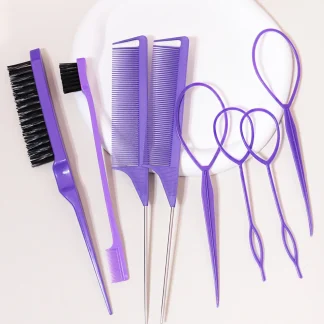
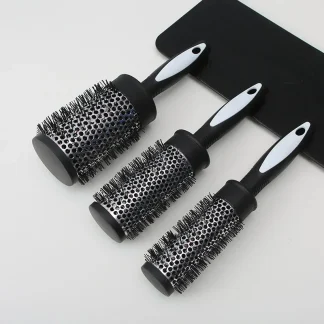
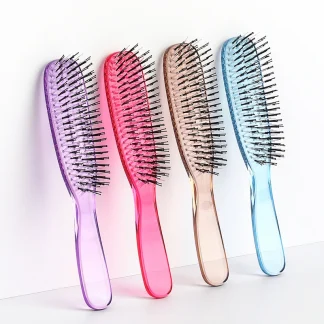
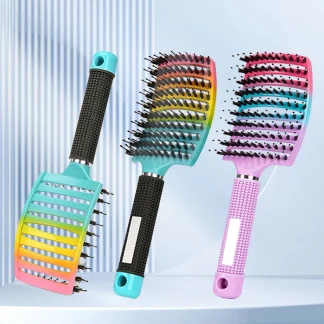
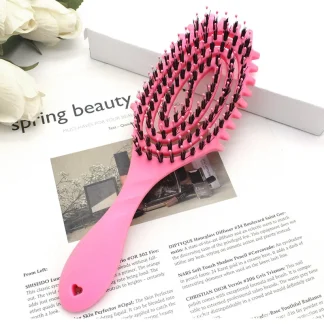
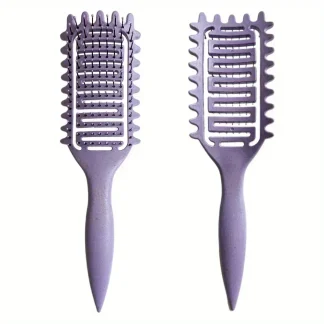
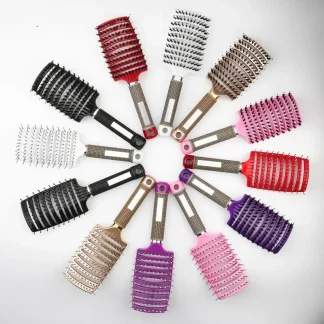 + 7
+ 7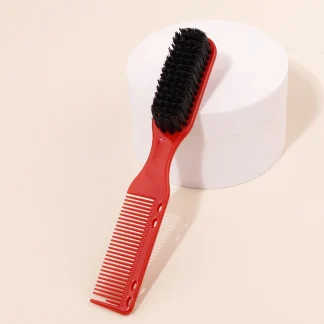
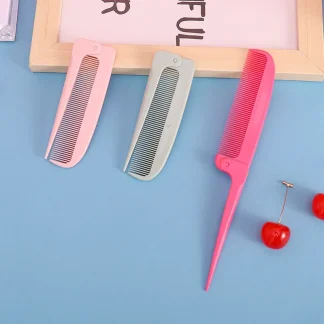 + 2
+ 2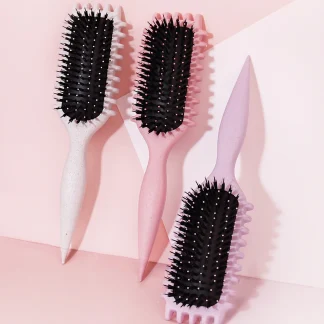
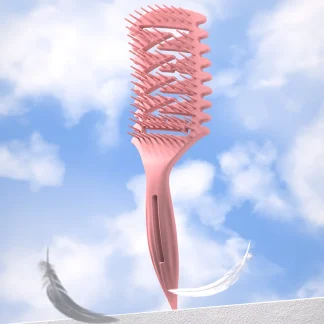

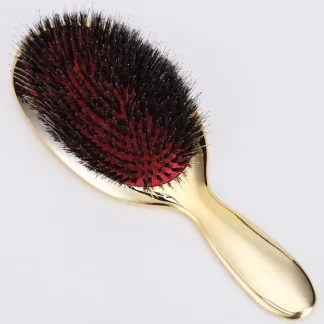
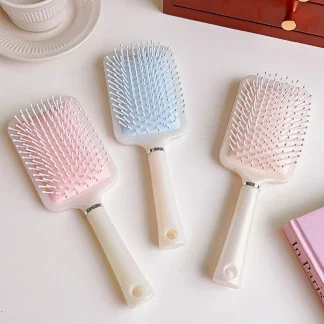 + 2
+ 2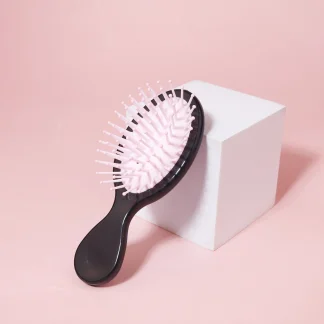
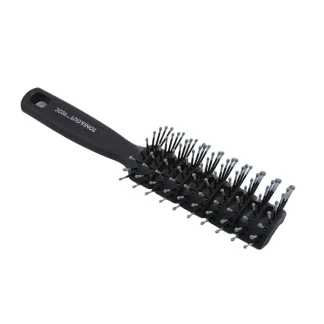
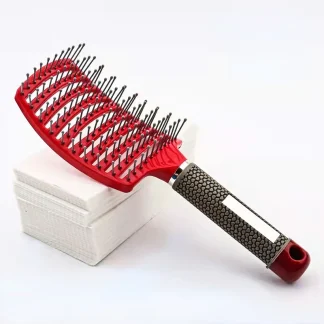
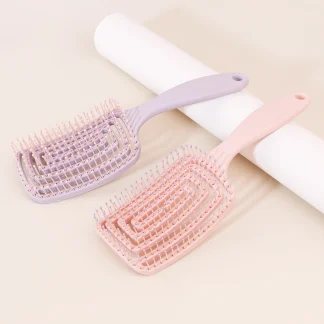
 + 6
+ 6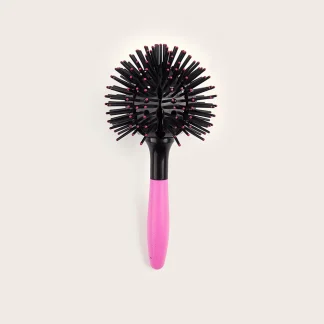
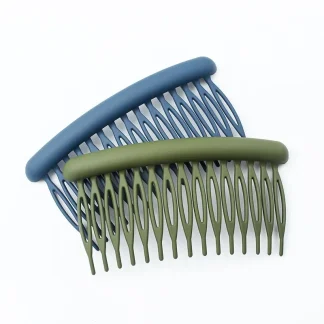 + 7
+ 7